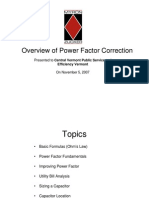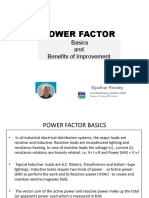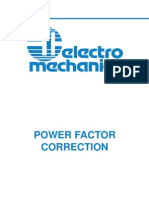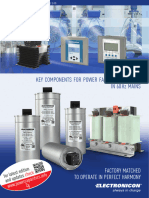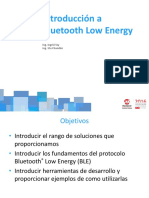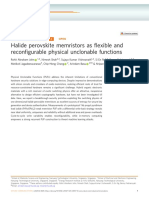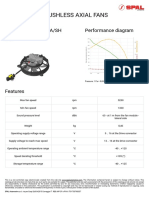0% found this document useful (0 votes)
18 views32 pagesLecture Note 4
The document provides lecture notes on transformers and capacitor banks, focusing on their functions, ratings, and selection criteria for effective power factor correction. It explains the importance of managing reactive energy to enhance electrical system efficiency and reduce costs. Additionally, it outlines the benefits of reactive energy management, including savings on electricity bills and improvements in available power and voltage regulation.
Uploaded by
Abdisalam OmarCopyright
© © All Rights Reserved
We take content rights seriously. If you suspect this is your content, claim it here.
Available Formats
Download as PDF, TXT or read online on Scribd
0% found this document useful (0 votes)
18 views32 pagesLecture Note 4
The document provides lecture notes on transformers and capacitor banks, focusing on their functions, ratings, and selection criteria for effective power factor correction. It explains the importance of managing reactive energy to enhance electrical system efficiency and reduce costs. Additionally, it outlines the benefits of reactive energy management, including savings on electricity bills and improvements in available power and voltage regulation.
Uploaded by
Abdisalam OmarCopyright
© © All Rights Reserved
We take content rights seriously. If you suspect this is your content, claim it here.
Available Formats
Download as PDF, TXT or read online on Scribd
/ 32













